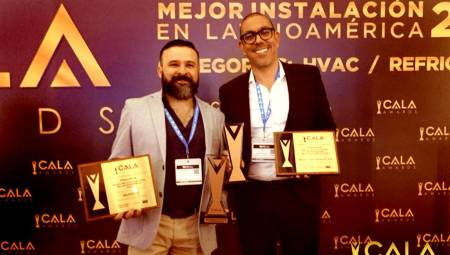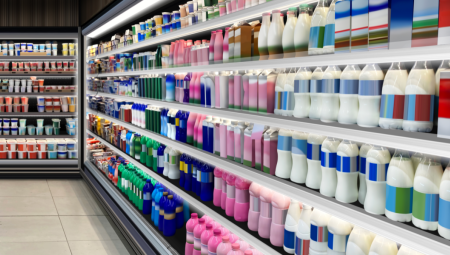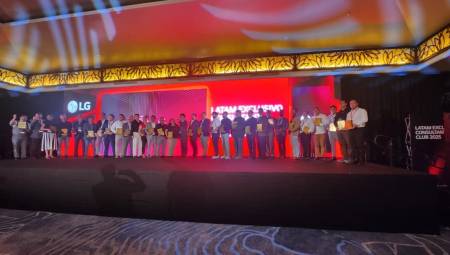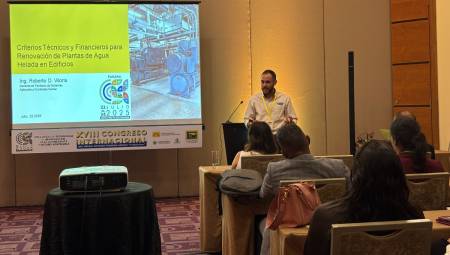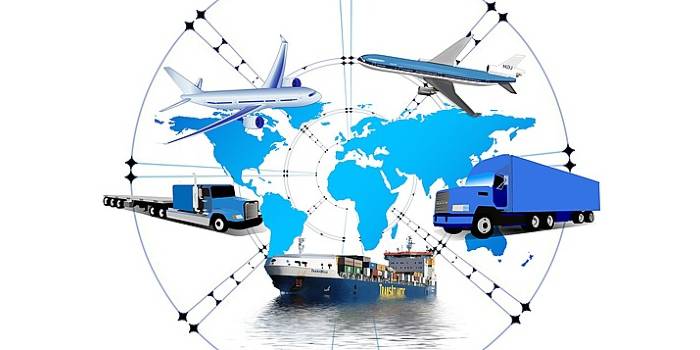 International. The COVID-19 pandemic has revealed several shortcomings in the global food cold chain. After the pandemic, it is necessary to invest in the cold chain to maximize access to food and reduce waste. Emphasis should be placed on greater flexibility, as well as a more digital and data-driven supply chain.
International. The COVID-19 pandemic has revealed several shortcomings in the global food cold chain. After the pandemic, it is necessary to invest in the cold chain to maximize access to food and reduce waste. Emphasis should be placed on greater flexibility, as well as a more digital and data-driven supply chain.
Challenges for the food cold chain during the pandemic
During the government-imposed shutdown in Europe, demand for refrigerated storage skyrocketed. In fact, the closure of restaurants and other food service providers forced vegetable and meat suppliers to store unsold products while searching for new buyers. By June 2020, more than 90% of Europe's cold storage facilities were full [2].
In addition, consumers have moved away from restaurants and catering to engage in food retail. In France, sales of frozen salted products increased by 60% from mid-March to the end of March, compared to the previous year [3]. In the United States, online grocery shopping doubled in March 2020. A U.S. Census Bureau survey indicates that 46% of consumers intend to continue shopping online (including perishable products) after the pandemic [4].
The shift of consumers from food service to retail has revealed the urgent need for flexibility in the cold chain. So far, the cold chain is fragmented with little or no compatibility between different vendors and platforms. Farmers are linked to grocery stores by one cold chain and to food service providers by another.
Investing in a smarter food cold chain
Greater connectivity is needed to deliver real-time information and better visibility into the location, status and handling of perishable cargo at any point in the cold chain. During the pandemic, the creation of temporary food centres using data and e-commerce, for example, proved effective in distributing food in urban areas. For example, in Milan, Italy, "Food Aid Systems" provided food to the elderly and vulnerable by turning a food bank into a logistics hub, creating seven temporary food centres with expanded storage and converting minibuses for food delivery [1].
Carrier proposes that cold chains should be developed to be more data-driven, enabling the exchange of information through digital technologies. It would become increasingly common to change the route of products based on real-time supply and consumer demand. In addition, disruptions caused by weather or pandemics could be moderated and partners could share the location, temperature and other critical measures of products in transit from farm to consumer. Such a "digital supply chain" can potentially reduce procurement costs by 20%, reduce supply chain process costs by 50%, and increase revenue by 10%.
Obviously, creating a cold chain requires investments in equipment, personnel and information systems along with refrigerated warehouses. However, the experience to assemble these assets already exists, the costs are predictable, and the financial returns attractive. The benefits in terms of food security and climate would also be incalculable.
Cold chain to reduce food losses
In a briefing note, the IIR estimated that a more efficient cold chain could feed 950 million people per year. For now, 13% of all food produced globally is lost due to lack of refrigeration, mainly in developing countries [5].
In India, a pilot project sponsored by Carrier has improved the cold chain to reduce post-harvest losses [1]. The project was designed to measure the impact of cold storage and refrigerated transport on kinnow, a small citrus fruit grown in the Punjab region of India and Pakistan. Kinnow is best preserved at 4-5 ° C. Before the installation of a modern cold chain, kinnow was exposed to temperatures of up to 30 ° C in unrefrigerated trucks and losses could reach 32%. Ten pre-cooling units have been installed and there are now 400 refrigerated truck trips during the harvest season. Post-harvest losses have been reduced by 76%. Previously, kinnow was only available for 2-3 months a year. The improved cold chain has extended the availability period to 4-5 months a year, allowing export to ten countries in Asia, the Middle East and Europe. The producer's profits increased by 15% and the profits of the refrigerated conveyor increased by 23%.
Food cold chain and climate change
Although CO2 emissions during the harvest and transport of kinnow have been reduced by 16%, the introduction of cold chain transport and refrigeration has inevitably created new carbon emissions. To measure the benefit of introducing an effective cold chain despite carbon emissions, several scenarios were simulated in an earlier study commissioned by Carrier. [1] It concluded that "in all prospective scenarios, the decrease in the carbon footprint of FLW [food loss and waste] resulting from the expansion of the cold chain clearly exceeds the newly created emissions, by a factor of approximately 10."
In addition, new cold chain emissions will be further reduced through innovations such as low global warming potential (GWP) refrigerants or all-electric transport refrigeration equipment.
Note: The bibliography of this note can be found at the following link. https://iifiir.org/en/news/challenges-for-post-pandemic-food-cold-chain
Source: International Refrigeration Institute.



